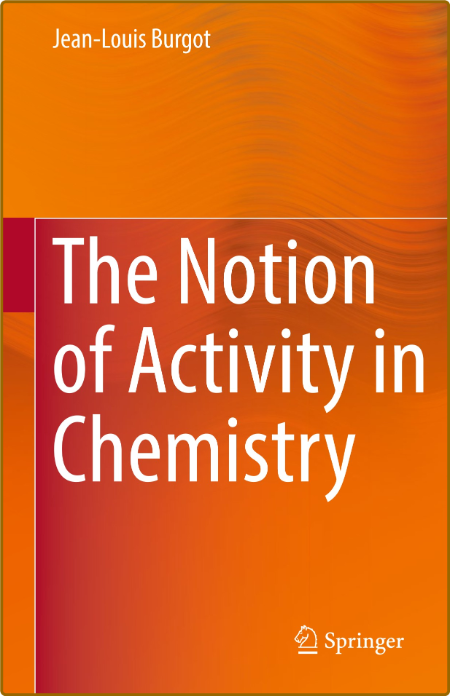0DAYDDL
Active member

pdf | 6.79 MB | English | Isbn: 978-3319464008 | Author: Jean-Louis Burgot | Year: 2016
Description:
1st part: The Activity in Classical Thermodynamics
Chapter 1: Thermodynamic systemsChapter 2: Gibbs and Helmhotz energiesChapter 3: Escaping tendency and molar Gibbs energyChapter 4 : Partial molar propertiesChapter 5: Chemical potential or partial molar Gibbs energyChapter 6: An overview of the notion of activityChapter 7: The concept of fugacityChapter 8: Ideal solutionsChapter 9: Definitions of the activityChapter 10: Activity of a gazChapter 11: Activities of non- electrolytes in solutionsChapter 12:Activities of electrolytes: definitions Chapter 13: Determination of the activity of non-electrolytesChapter 14: Determination of the activity of electrolytesChapter 15: Debye and Hückel 's relationsChapter 16: Excess Gibbs energies and activitiesChapter 17: Chemical equilibrium constants : activities and Gibbs energies of reactionsChapter 18: Derivation of thermodynamic equilibrium constants- pH and its measureChapter 19: General principles of calculations of ionic species concentrations in solutions involving activities
2nd part: The Activity in Statistical Thermodynamics
Chapter 20: Statistical thermodynamics in briefChapter 21: Concept of ensembles and postulatesChapter 22: The canonical ensemble: notion of distributionChapter 23: Thermodynamic quantities in the framework of the canonical ensembleChapter 24: Other ensembles Chapter 25: Systems of molecules and subsystems independent distinguishable and "indistinguishable" Chapter 26: Perfect gases Chapter 27: Classical statistical mechanics- Notion of configuration - Classical canonical partition function Chapter 28: The configurational partition function - Molecular distribution functions Chapter 29: The radial distribution function Chapter 30: Radial distribution function and thermodynamic quantities- calculations of the internal energy and of the pressure of a system Chapter 31: Radial distribution function and calculation of the isothermal compressibility coefficient of a system Chapter 32: The chemical potential and the radial distribution function . General formal introduction of the activity and of the activity coefficient Chapter 33: Imperfect gases - The virial coefficients in terms of interaction potential energies Chapter 34: A statistical expression of the activity. A relation between it and the
RapidGator
Code:
https://rapidgator.net/file/b464be198e2ac4d3f5f83f65269327c5/
Code:
https://1dl.net/qdxo58gk4w3s